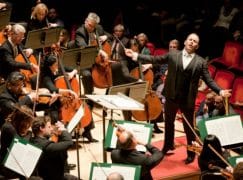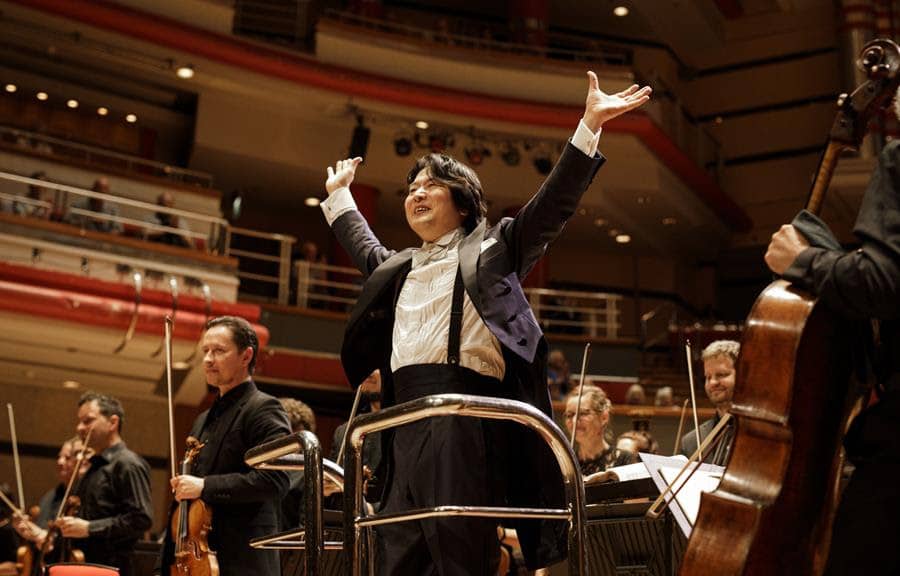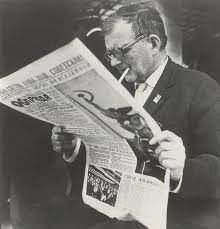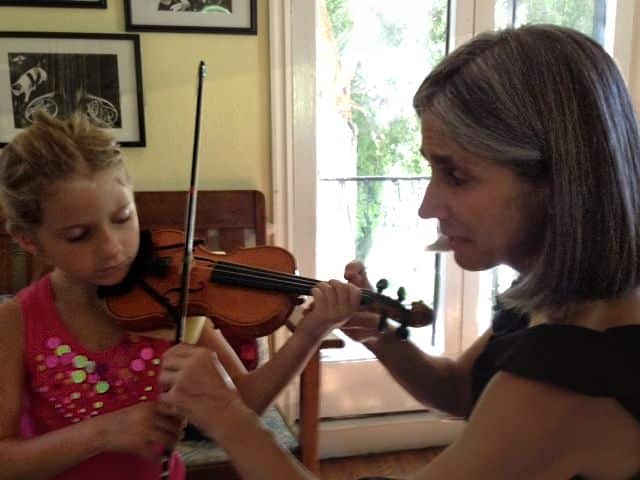How orchestras became instruments of social policy
NewsFrom an essay I have written in the new issue of The Critic:
Think hard, and you may remember a time when a symphony orchestra was a collection of musical instruments rather than an instrument of social policy. It was not that long ago, around the turn of the century, when concert halls would roll out a forthcoming season of symphonic cycles and new commissions, a programme shaped by the taste and proclivities of a music director, the likes and abilities of the musicians and a reasoned assessment of what might make the box office click.
No longer.
London’s Southbank Centre’s season brochure buries its two resident symphony orchestras beneath the “exciting” addition of new ensembles — the “immersive” Paraorchestra, a worthy group of musicians with disabilities, and Chineke!, an orchestra of ethnic minority musicians. The release goes on to promise “genre-blurring pioneers and big names in classical music”. Who, for instance? “Abel Selaocoe, Daniel Pioro, Sheku Kanneh-Mason, Víkingur Ólafsson and Manchester Collective”.
So, not the Vienna Philharmonic. Or Riccardo Muti. Or any lions of the classical jungle. What we are witnessing is a pandemic of reformist box-ticking that places policy above pulling power. Forget about a box office that is running one-third below capacity. Forget about the music, too. The new curators have higher priorities….
Read on here.






Comments